The changes that the pandemic of 2020 imposed on my plans for the Tour resulted, among other things, in me being forced to abandon potential visits to many European World Heritage Sites, including several that were among my most anticipated. Eventually, I salvaged what I could of the spring season by transferring to Sweden for several weeks, where cycling would theoretically be more possible. However, it must be said that among the community of people who intentionally travel to see such Sites, the collection that Sweden possesses is typically described as somewhat underwhelming. Of course, beggars cannot be choosers, and I made the best of things by visiting eight of the country’s fifteen Sites.
The first of those was the Grimeton Radio Station, located on the southern coast, near the town of Varberg. Sites that are focused on important aspects of the Industrial or Technological Revolutions are usually interesting and important, but frequently have only a few objects related to their operation available to see, and that was certainly the case here. The station was built in 1922 as part of an early transatlantic very-low-frequency radio communications system. It was definitely interesting to consider just how much communications have changed in a mere one hundred years, when now I frequently update this Website in a few seconds, many times from decidedly remote places on other continents. However, the radio towers that constitute this Site are virtually identical in appearance to thousands of others worldwide. I came, I saw, I photographed, I left.
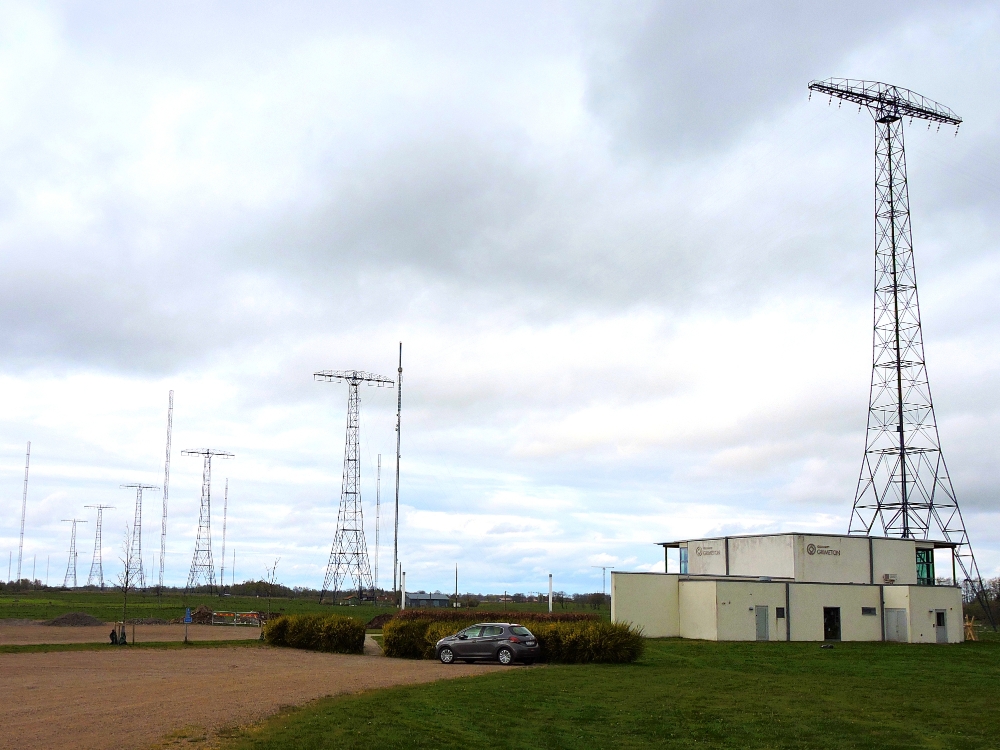
Next came a site that was more extensive, and much more to my liking. Surrounding the small village of Tanumshede, a few days cycling distance to the northwest, is the Site named Rock Art in Tanum. This Site is an extensive petroglyph area, and shows both similarities and differences with other Rock Art sites around the World, as well as possessing some aspects that are positive as well some that might be less so. There are many art sites scattered around an area a few tens of kilometers across, and I was able to see four examples. With a notable lack of cliffs or caves in the area, the landforms that most often provided the canvases for ancient art, the carvings at Tanum are all on exposed rock surfaces that are flush with the ground, making reaching them a little less strenuous compared to other petroglyph sites. One controversial aspect of the Site is that since the carvings are substantially weathered, often making them difficult to see, the caretakers began filling their figures with pigment many years ago. I am not particularly fond of that practice, but the third image below shows one caving that has not been painted, and the subject certainly is less visible. Overall, the effect seems less damaging than I had expected, based on photos I saw before I arrived, nevertheless, I would have preferred that something more like a stain had been used instead of what seems more like a paint. One important distinction between this Rock Art site and others is that the people who created the carvings at Tanum lived in a Bronze Age society, whereas the creators of other ancient art usually possessed lower levels of technology. This is reflected in the art, where boats are among the most common subjects. However, like other Art sites, stylized humans and animals also feature prominently, including one very unique subject, a whale, as seen in the last image.
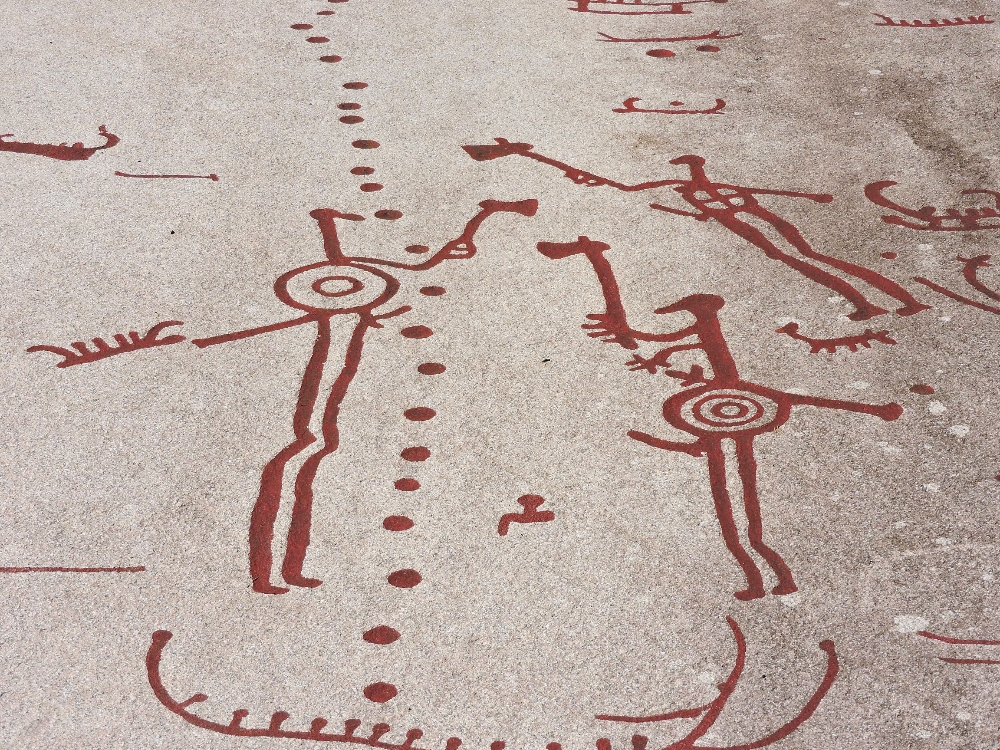
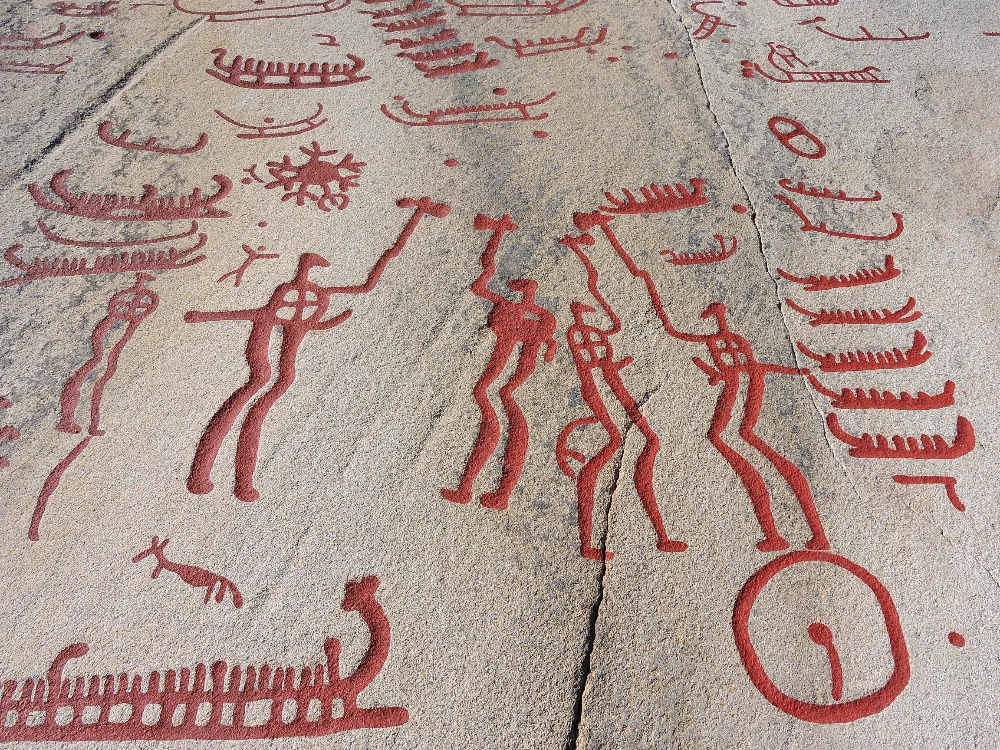
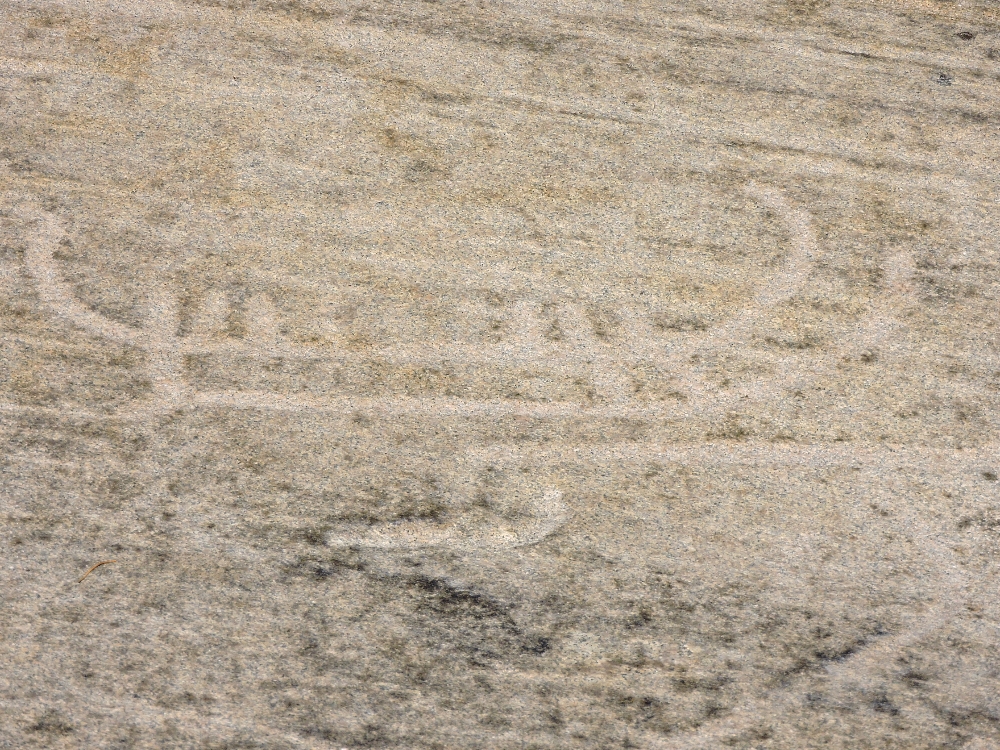
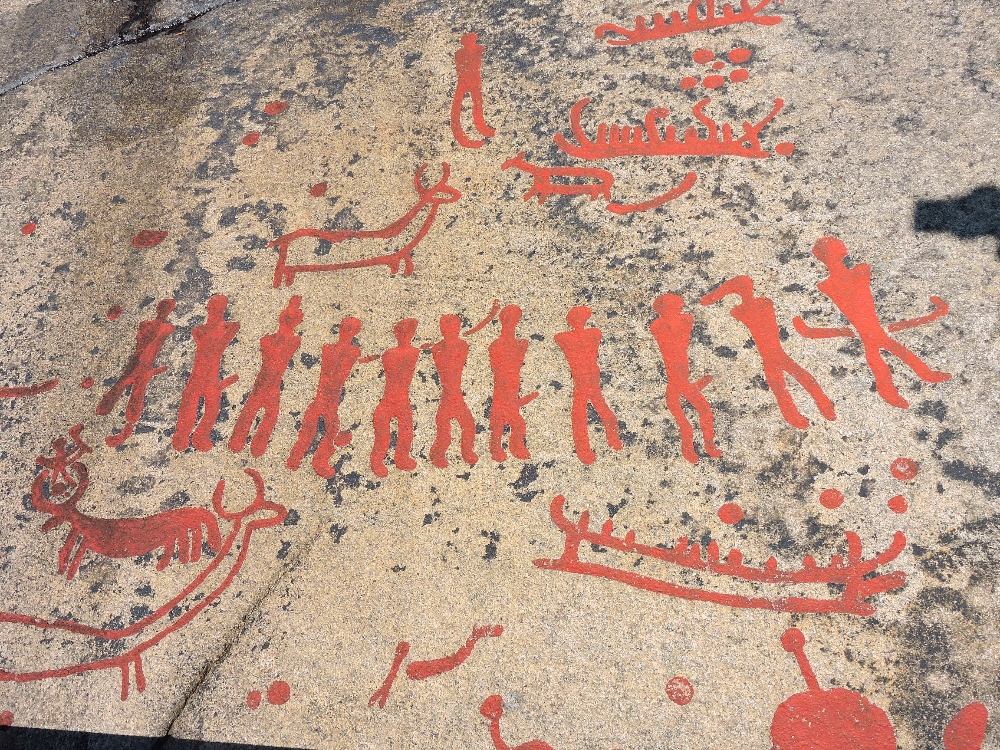
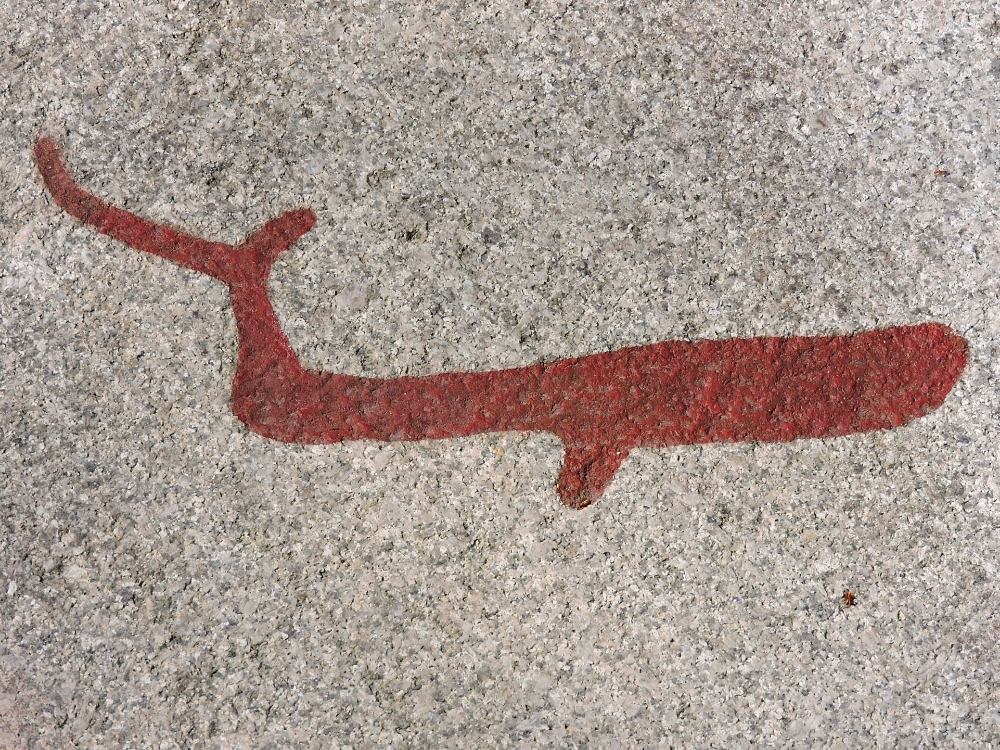
A more traditionally European Site came next, the Royal Palace at Drottningholm with its ornamental gardens, not far from Stockholm. Once again, the pandemic kept the interior of the Palace closed, but I was satisfied simply strolling around the grounds, in part because this particular Palace might be considered to be second-tier, by European standards. In the gardens are a few structures built by a Swedish King as gifts for his Queen, some which seemed more like theatrical sets than permanent buildings to me. One of those was the Aviary, below, which had me hoping to see some interesting birds, but these days only displays a couple of wooden cut-outs of parrots.
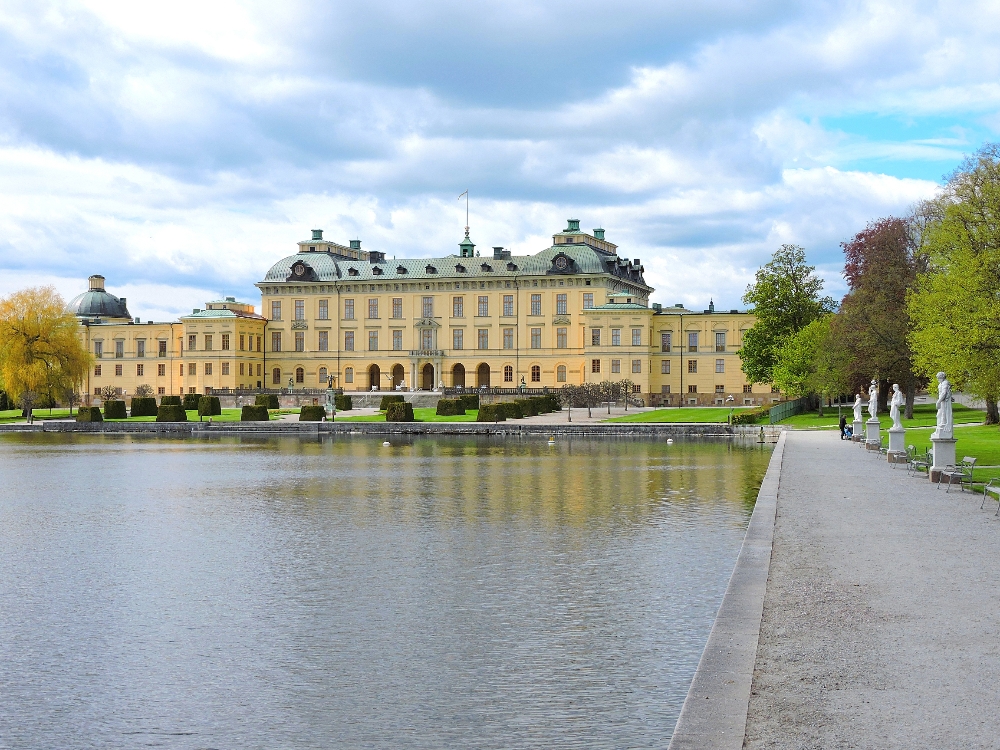
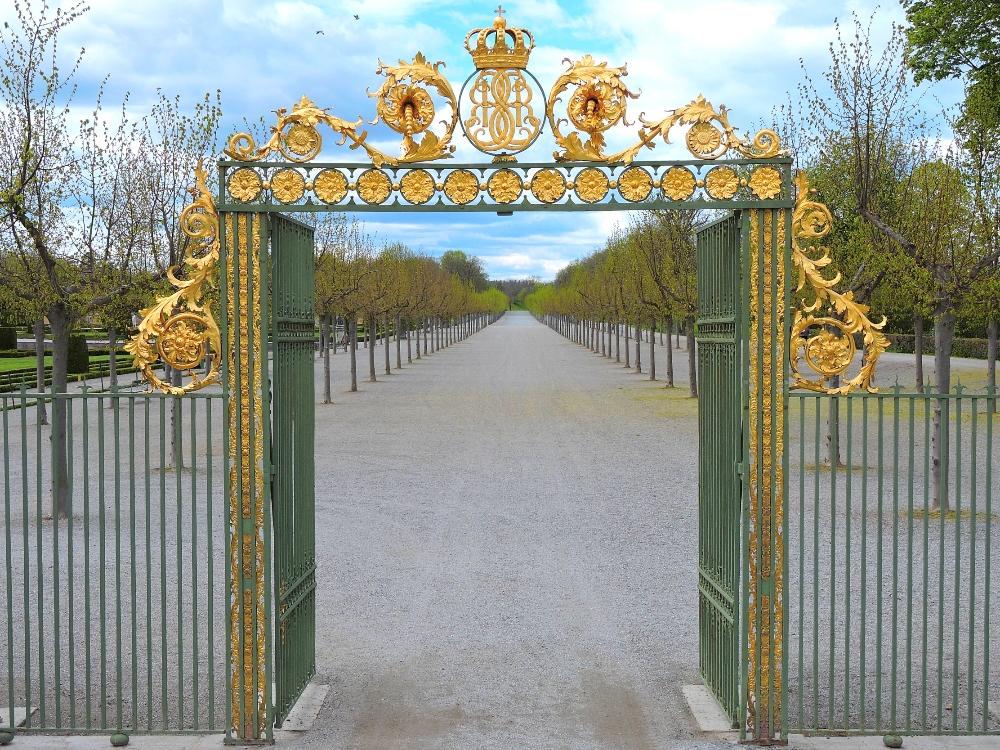
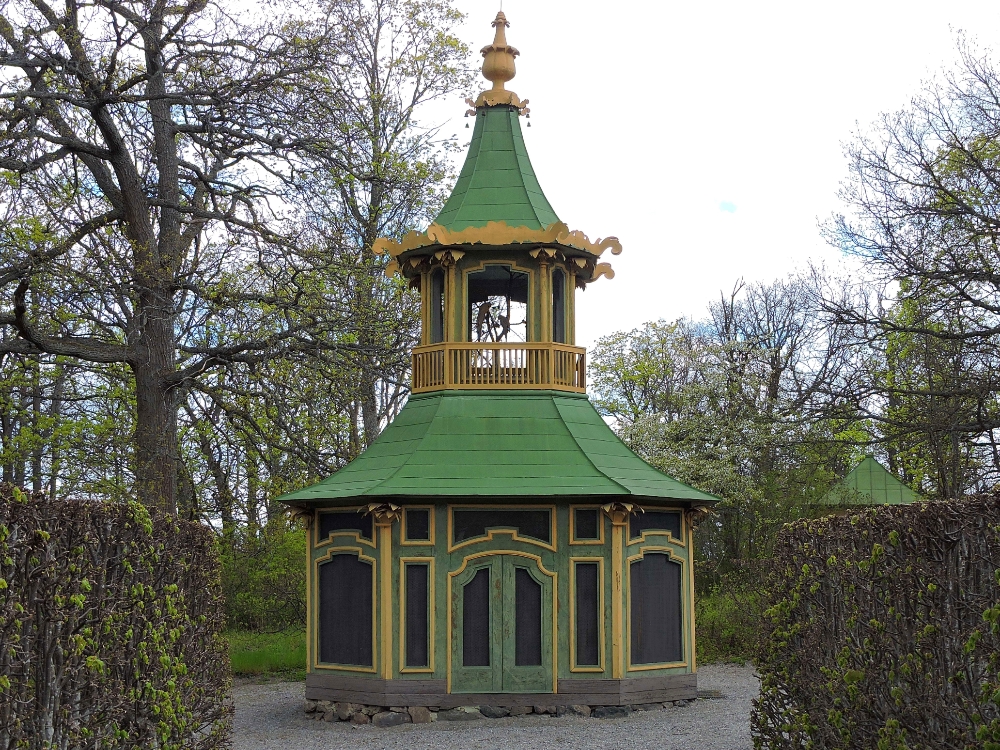
Also near Stockholm is Skogskyrkogården, a cemetery built in 1917, with a design that is part graveyard, part garden, and part forest. UNESCO added this Site to the List in 1994, saying, The design blends vegetation and architectural elements, taking advantage of irregularities in the site to create a landscape that is finely adapted to its function. It has had a profound influence in many countries of the world.
It was nearby, so I went to see it, though not very enthusiastically, since cemeteries, in general, have fallen out of fashion and I am not usually fond of twentieth-century design. It was pleasant enough, however, and I had hopes of finding some new birds there, hopes that did not come to fruition
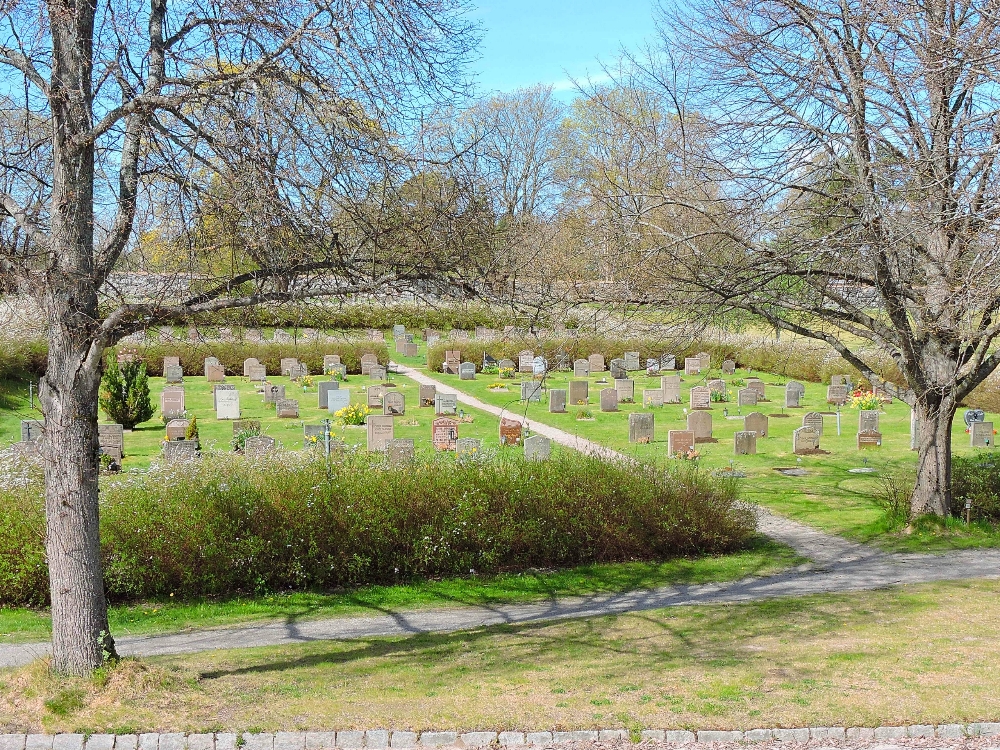
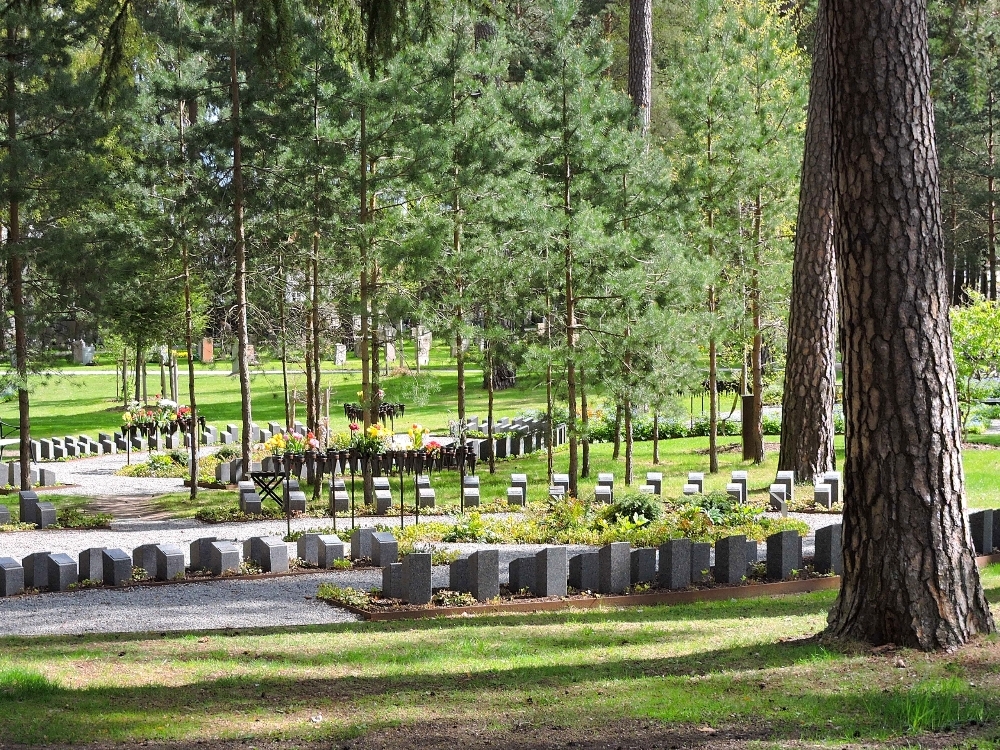
Two more Industrial-themed sites were next, the first of which was the Englesberg Ironworks, northwest of Stockholm. I remember my sixth-grade teacher telling our class that the best steel came from Sweden, and this Site is one of the places where that industry got its start. Actually, the Ironworks, built in 1680, were a late-pre-industrial ore processing site, in that little mechanical assistance was involved, and the power for the reduction of iron ore, and the rest of the processes, came from wood, water, or muscle. The facility was also an example of an early family industrial business, with a manor house located just meters away from the smelting building. Today the Site has the appearance of a leafy garden, and provided a pleasant short visit, but in its day the surrounding area was treeless and covered in soot.
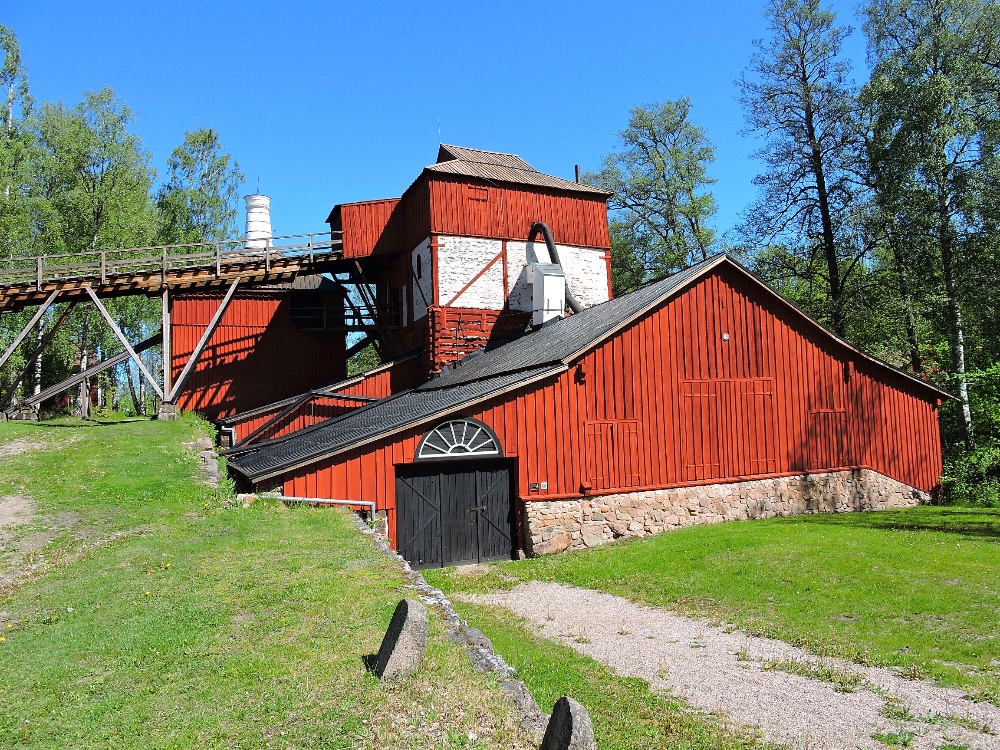
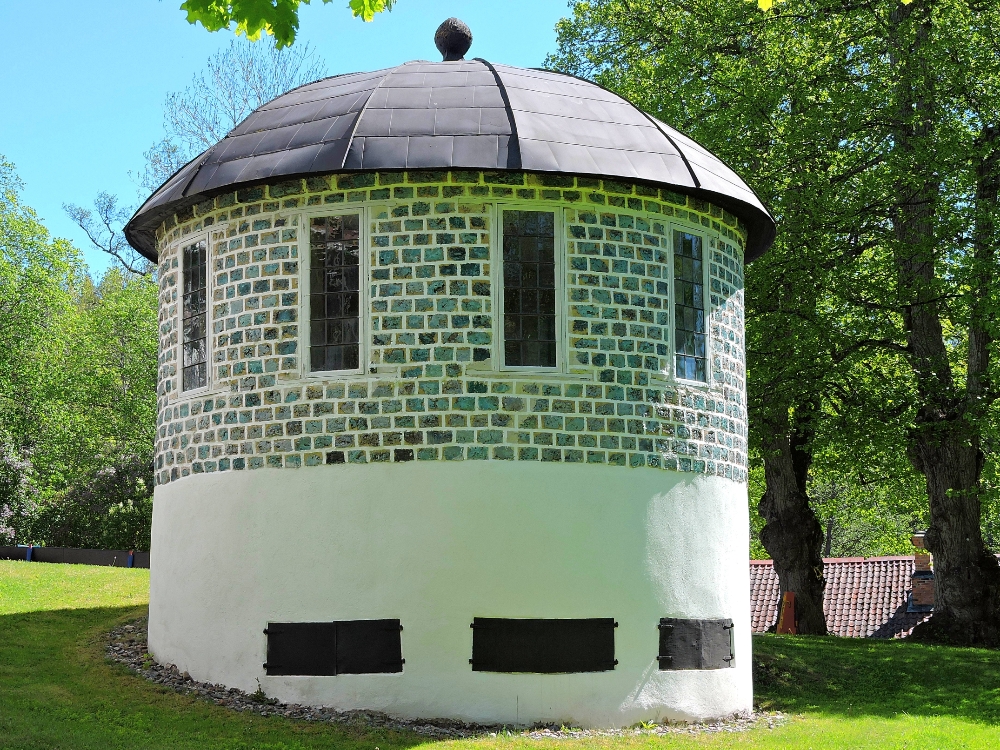
Another day cycling to the north brought me to the Falun Copper Mountain Site. Among the large number of European Sites are several which focus on the heritage of mining, and this mine, which produced ores for copper production, as well as other elements, for around one thousand years, is a notable example. Centuries ago, the mine was a series of deep-well tunnels, with human settlements around their openings. In 1678 that changed when a massive cave-in occurred, causing much destruction and loss of life. Ironically, the large, open pit that resulted made mining much easier, ushering in the heyday of production at Falun. The pit is the main component of the Site today, which also includes some associated mechanical buildings, and some parts of the city center that were built when Falun was a boom town.
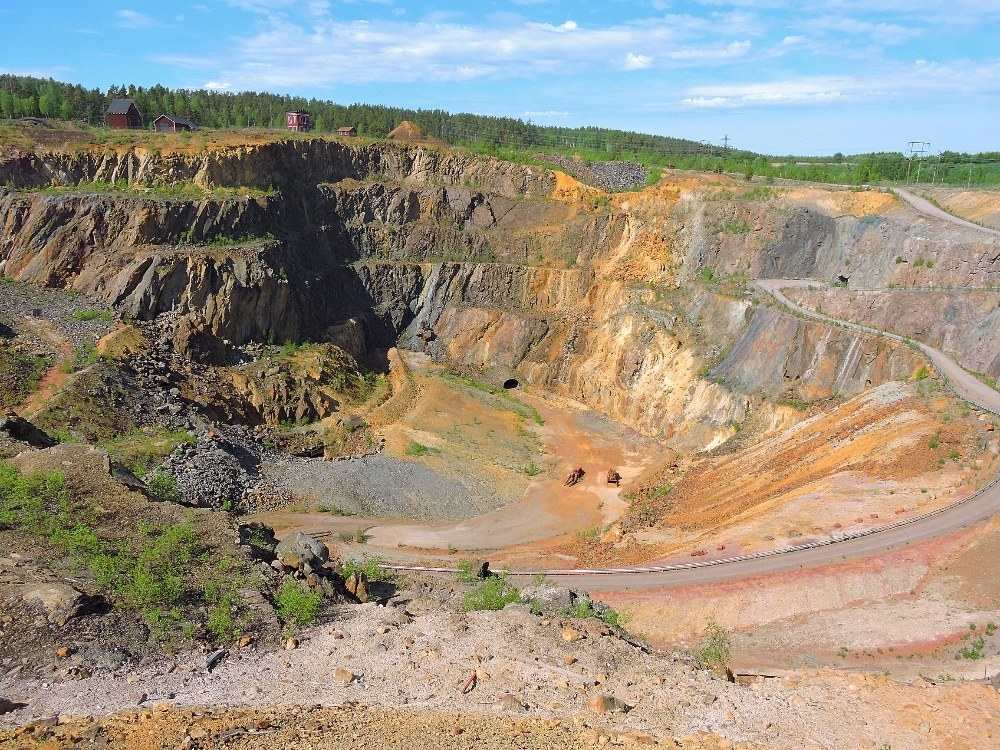
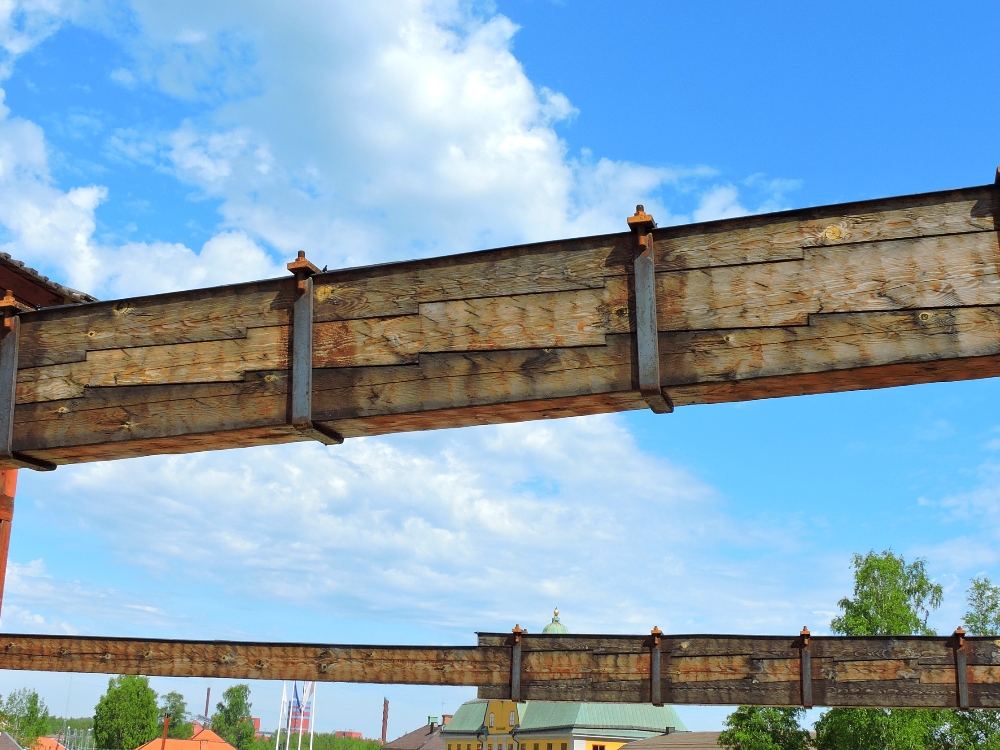
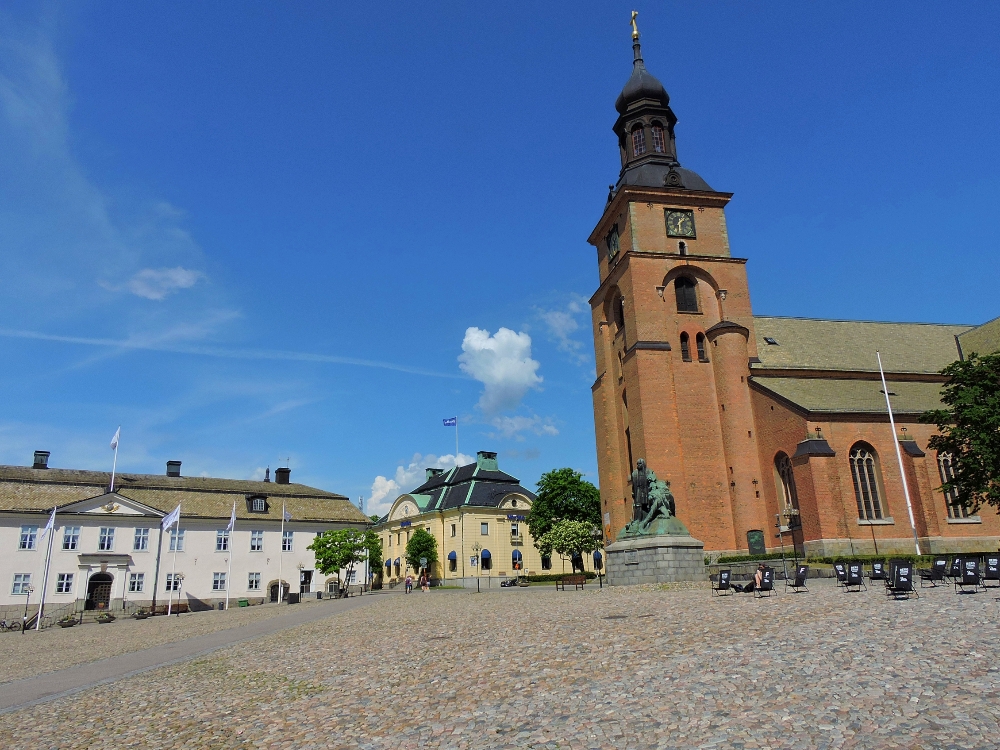
Much farther south lies an island named Öland, resting six kilometers east of the mainland in the Baltic Sea. The island is long and narrow, oriented along a north-south axis, and its entire southern half has been listed as another nebulous Landscape
Site, named the Agricultural Landscape of Southern Öland. Like all such Sites, it can be difficult to understand exactly what the important aspects are. In this case the story, as best as I can tell, revolves around the fact that the central portion of the southern part of the island had been scoured bare by glaciers, creating an alvar, an area with a flat surface of limestone bedrock at the land surface with minimal soil cover, where plant life is sparse and miniaturized. This directed prehistoric farmers towards certain land use patterns, specifically codified demarcation between areas used for crops and those used for pastures. Similar practices existed elsewhere throughout coastal areas of Northern Europe, but in those other places they gradually evolved into more modern approaches. However, the alvar on Öland prevented such a change there and the prehistoric agricultural organization continued on into recent times. One continuing aspect of this are the Line Villages
small linear villages originally built along the cropland/pasture border line, some of which contain a few of their original buildings. Other physical remnants dating from the Paleolithic, Iron Age, the Viking period, the Medieval period, the Royal era, and the early Industrial period are scattered around the Site.
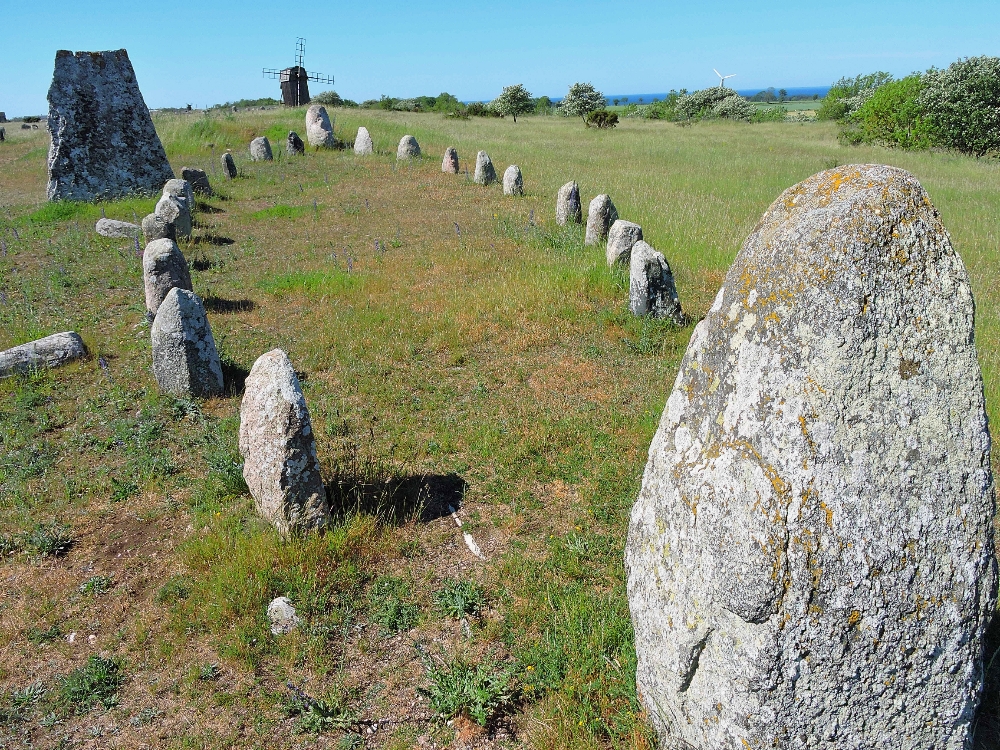
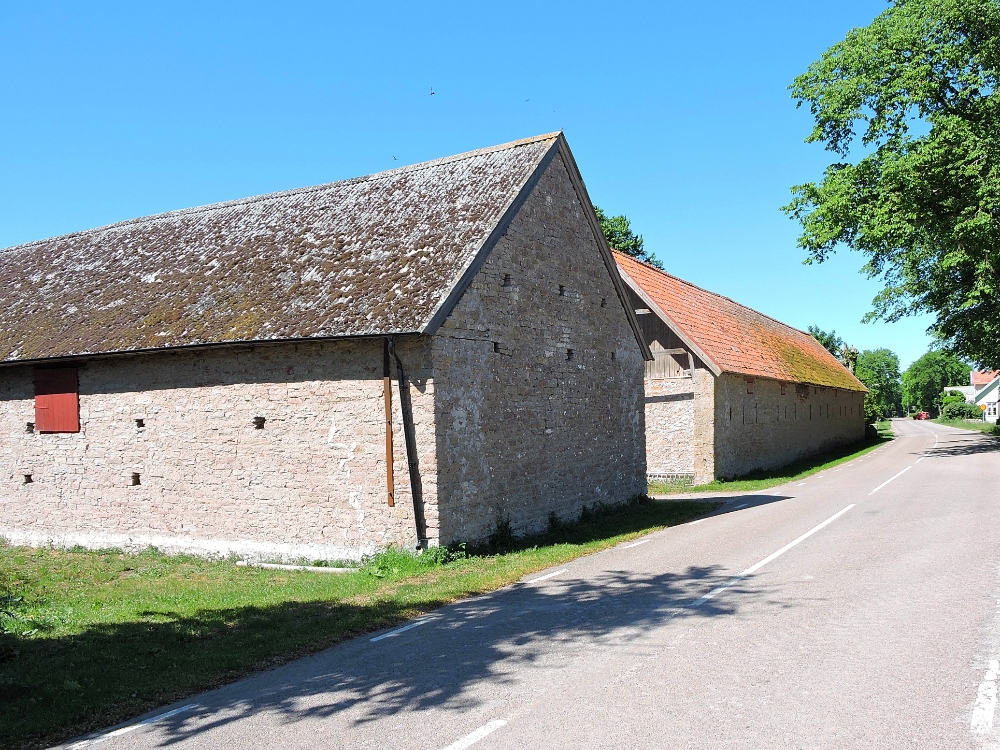
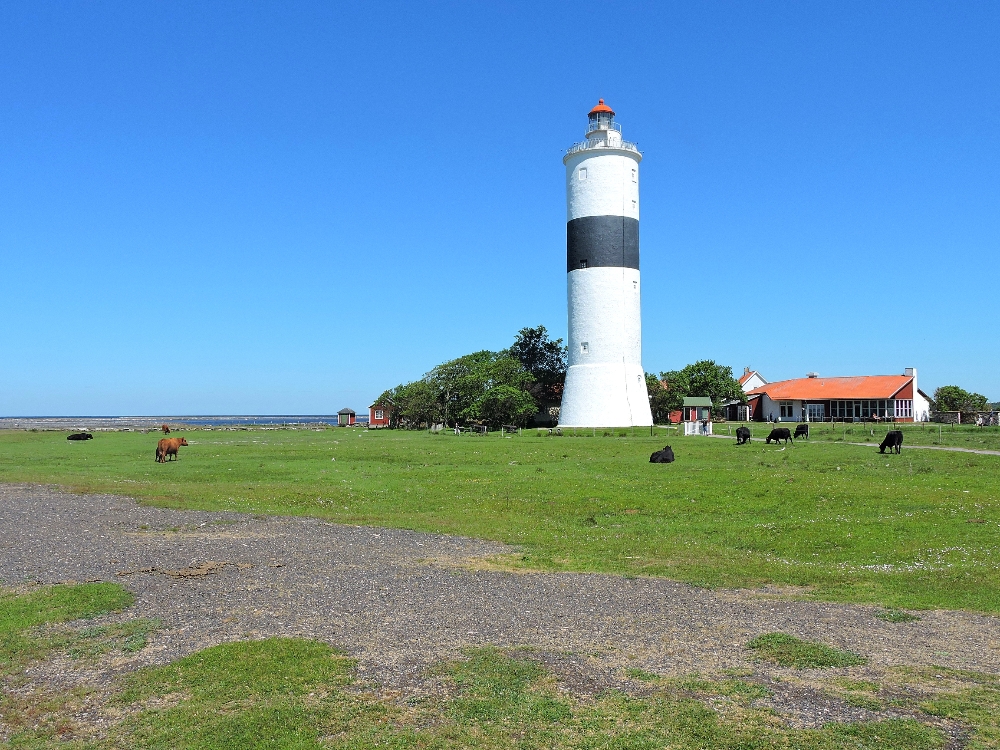
My final Swedish visit, coinciding with my last days in the country, was the Naval Port at Karlskrona. That city, located at the southern tip of Sweden, was constructed in the late seventeenth century specifically to be a naval base. It was designed to not merely be a harbor, but a complete base, including all the facilities necessary for the emerging Navy of the country, such as shipyards, craft yards, maritime academies, and the Admiralty. From that standpoint, the location was ideal, with the base built on a small nearshore island, with a string of additional islands several hundred meters further out to sea that created an easily-defensible barrier. Normally, I would quite enjoy a visit to such a place, but at that time there was only part of the Site available to see. Some places were closed from the pandemic, others had not yet opened for the summer season, and, most annoyingly, the buildings I was most interested in seeing are located with the grounds of the still-active Navy base, and therefore off limits. One set of small buildings, which I did find timely, included the Quarantine House
shown in the final image, and its associated Disinfection Building,
both of which also seemed to be closed, at a time when they seemingly might be needed the most.
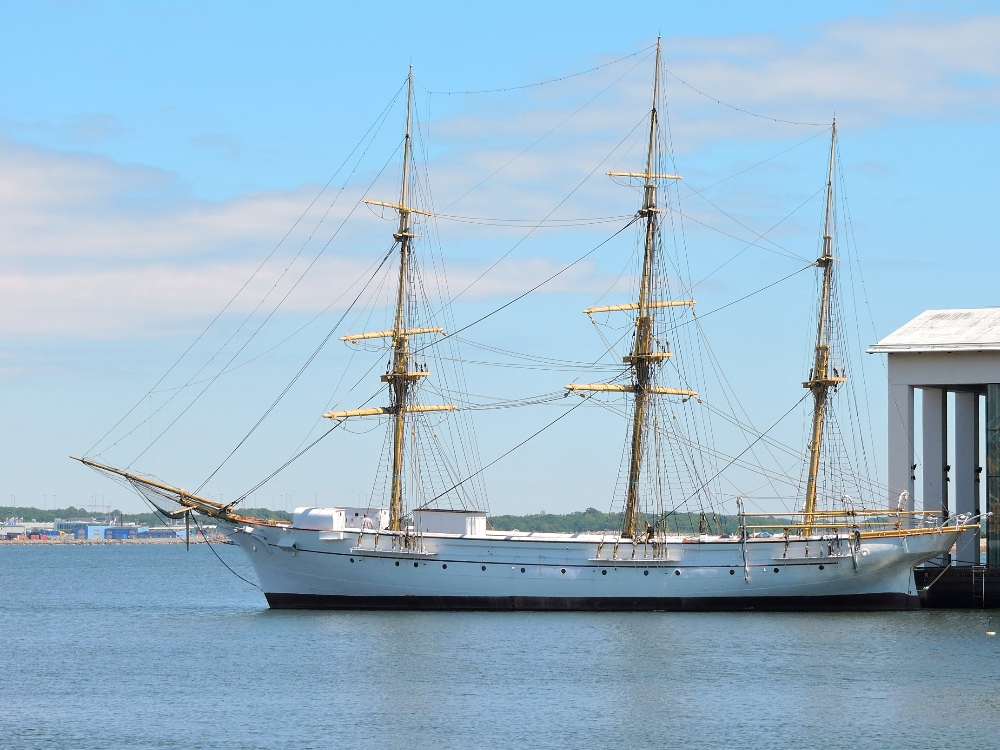
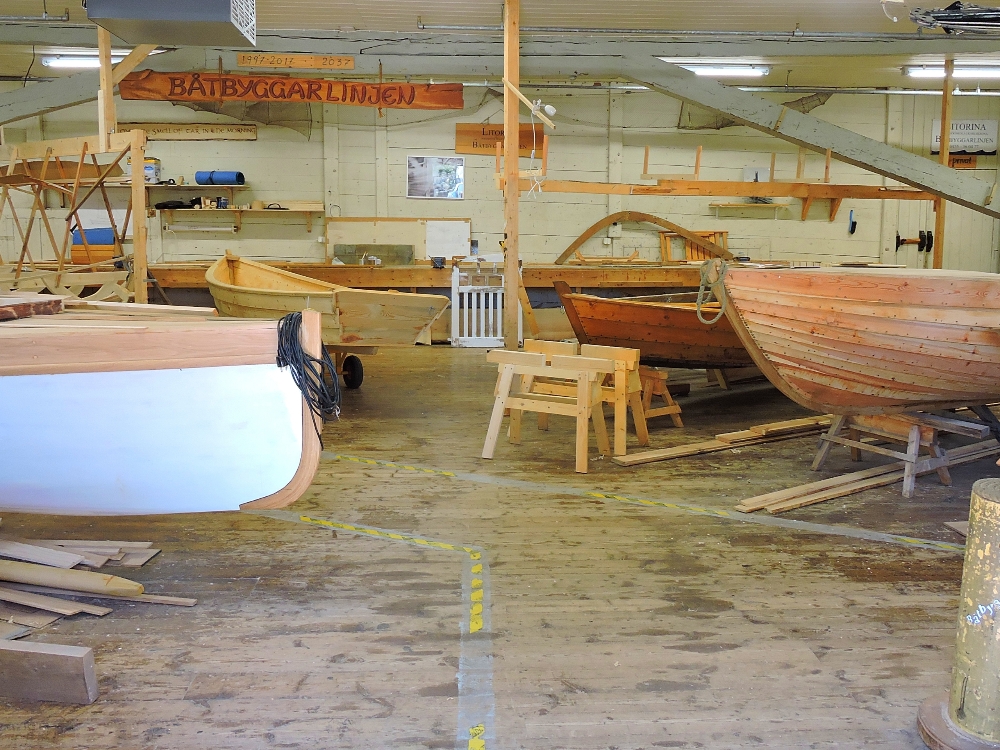
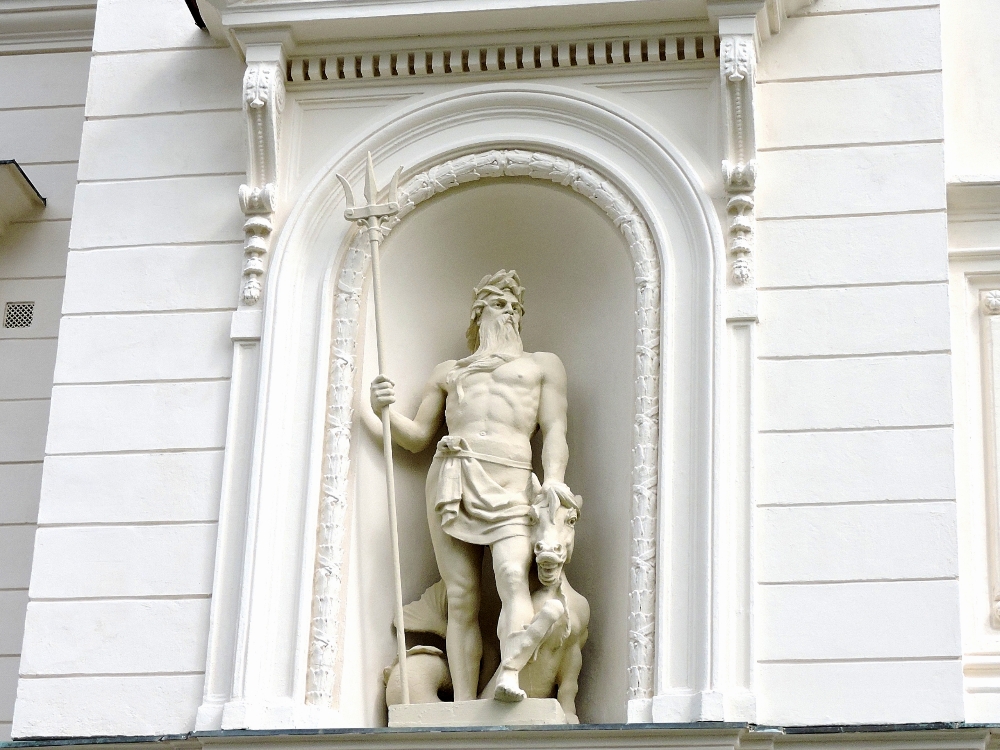
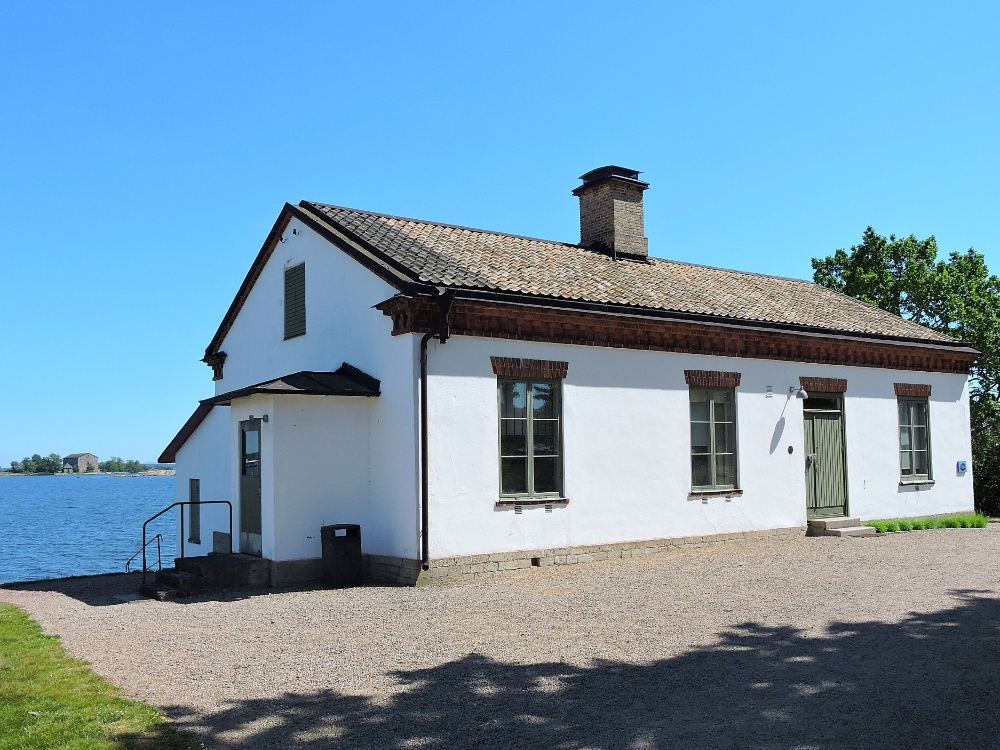
These sites may not have been comparable to the ones I might have seen in Florence, Venice, or Vienna, but after several weeks of relative inactivity I was pleased to simply be able to add a number of new Sites to my tally for the Tour. I am hopeful that I can continue to revive additional portions of my original plans during the next couple of months, which could bring me to a number of quality Sites along the way.